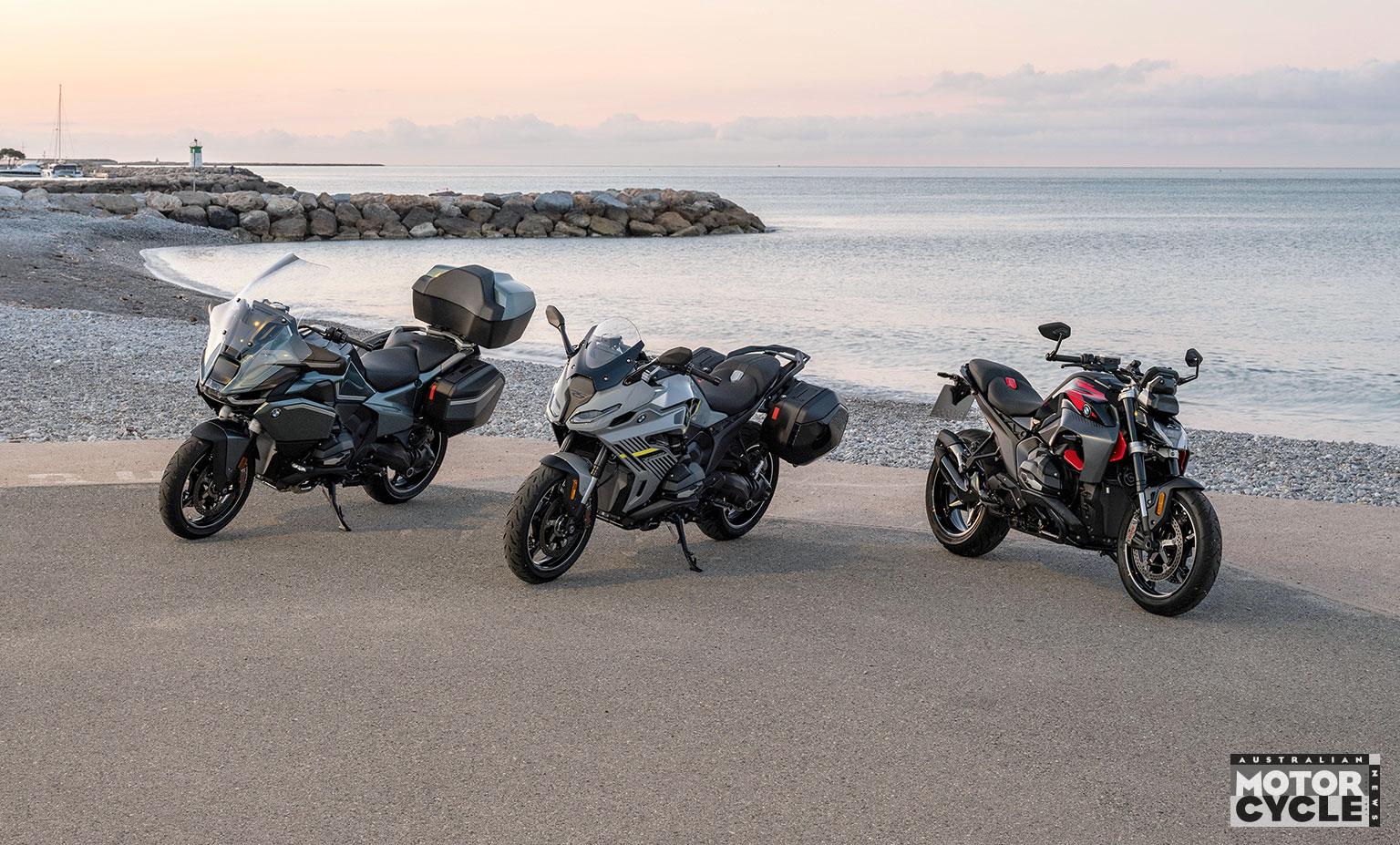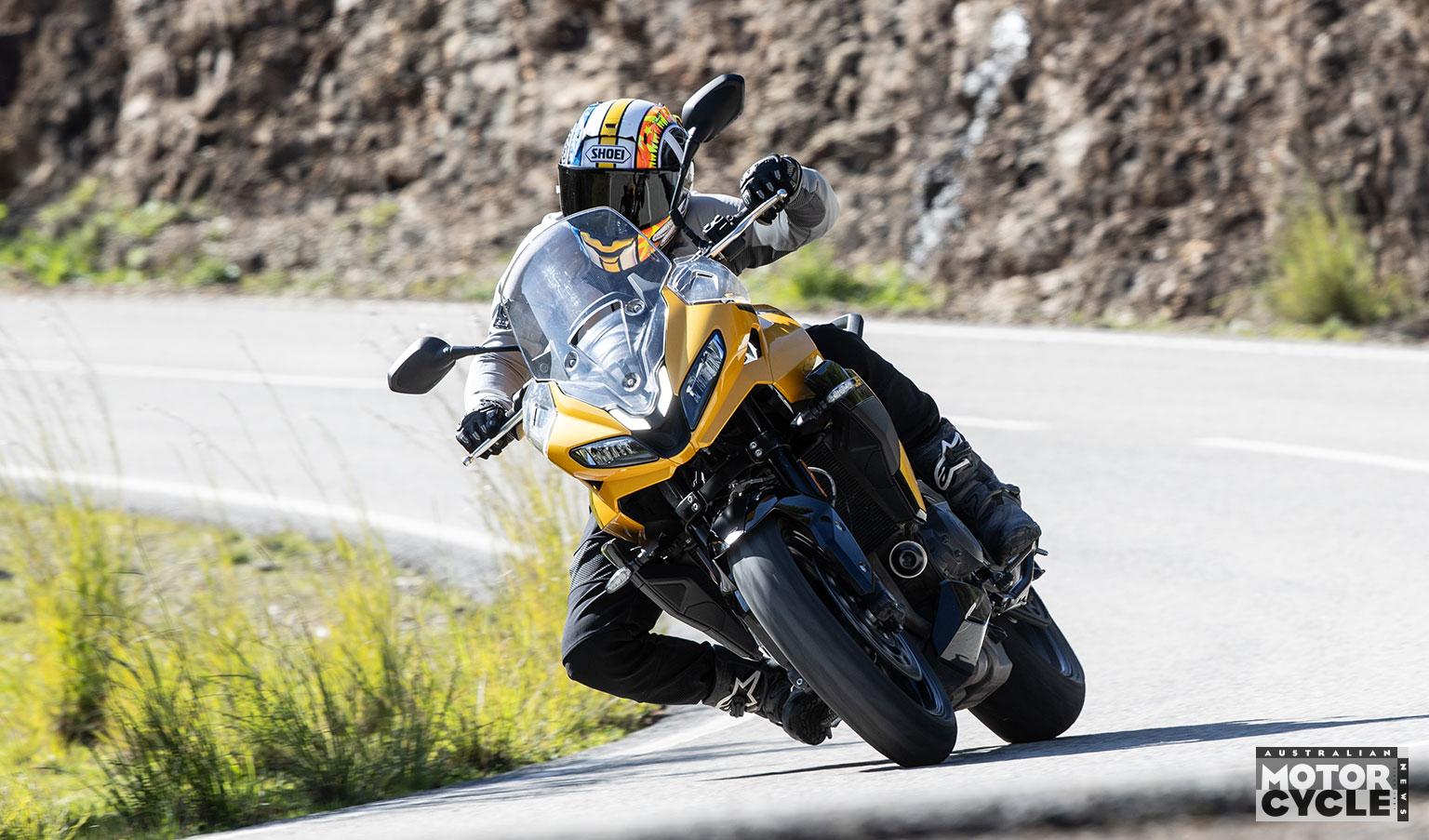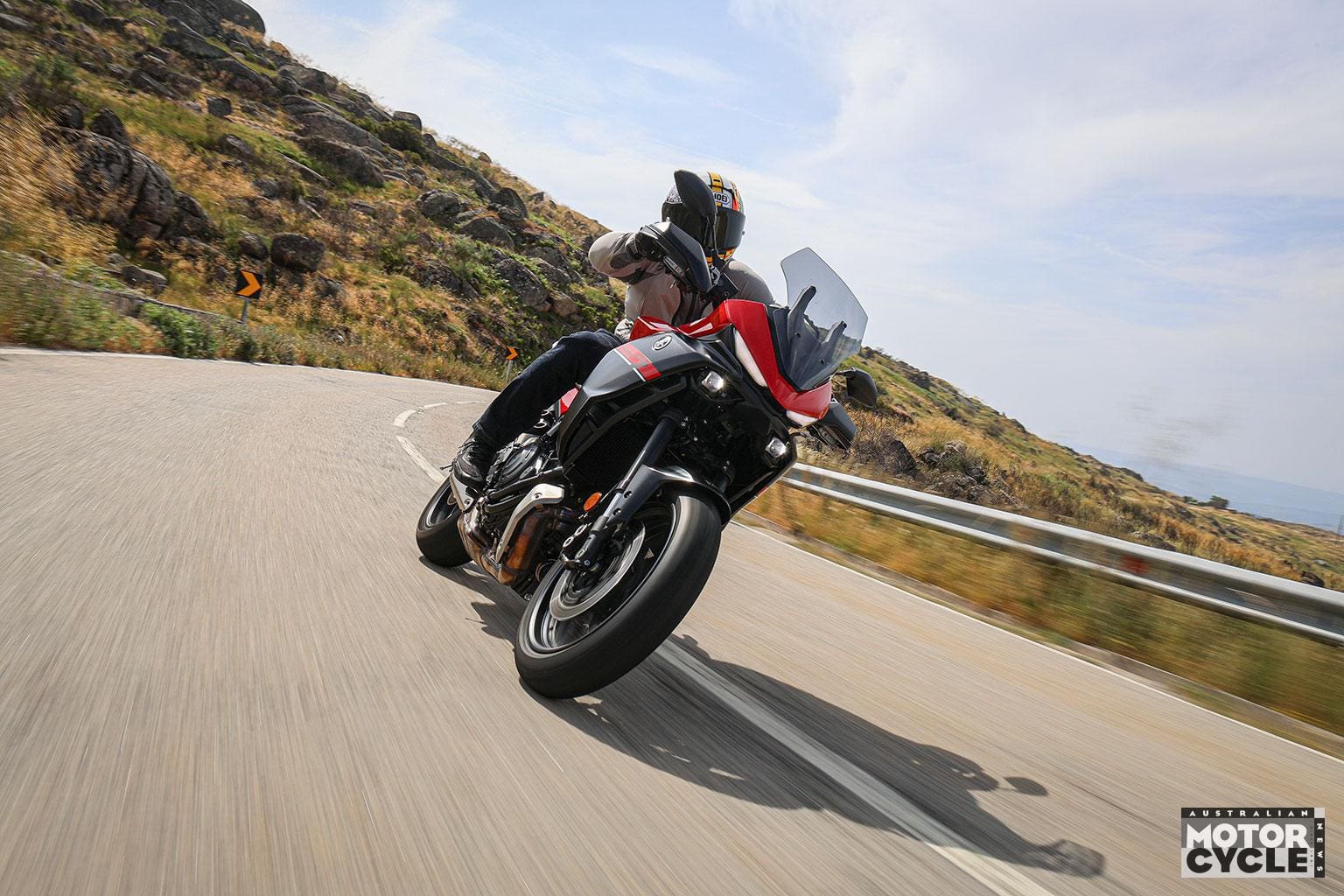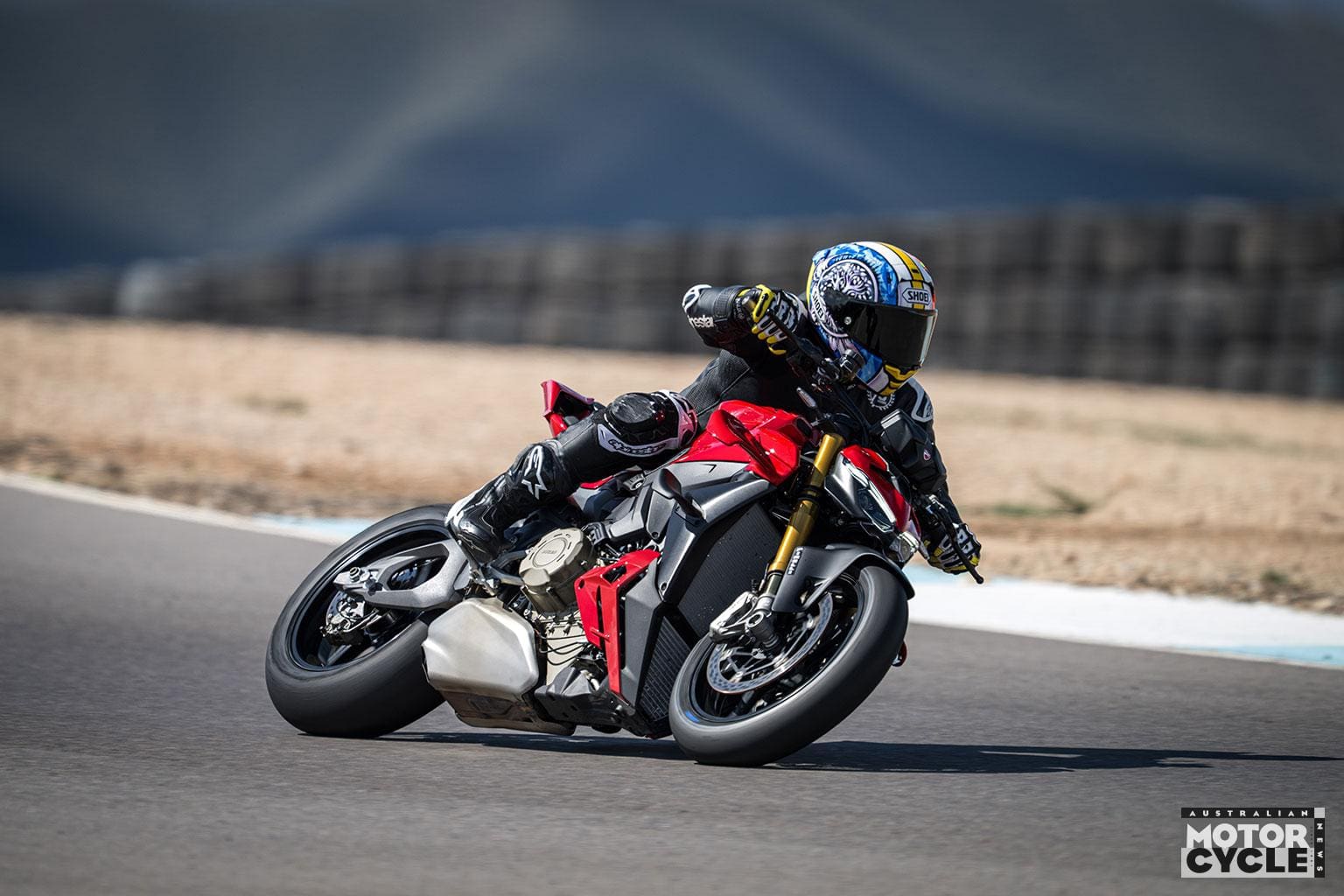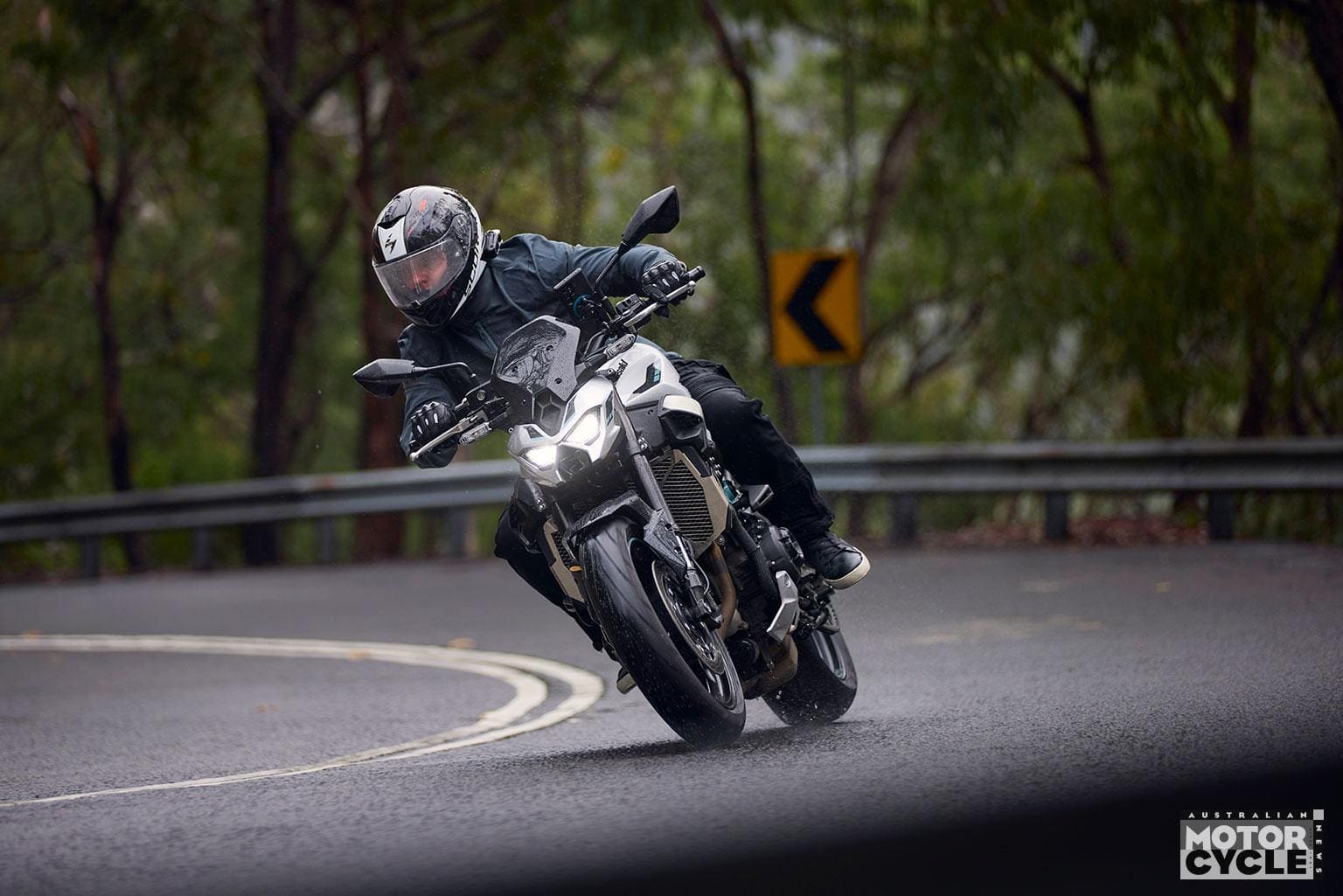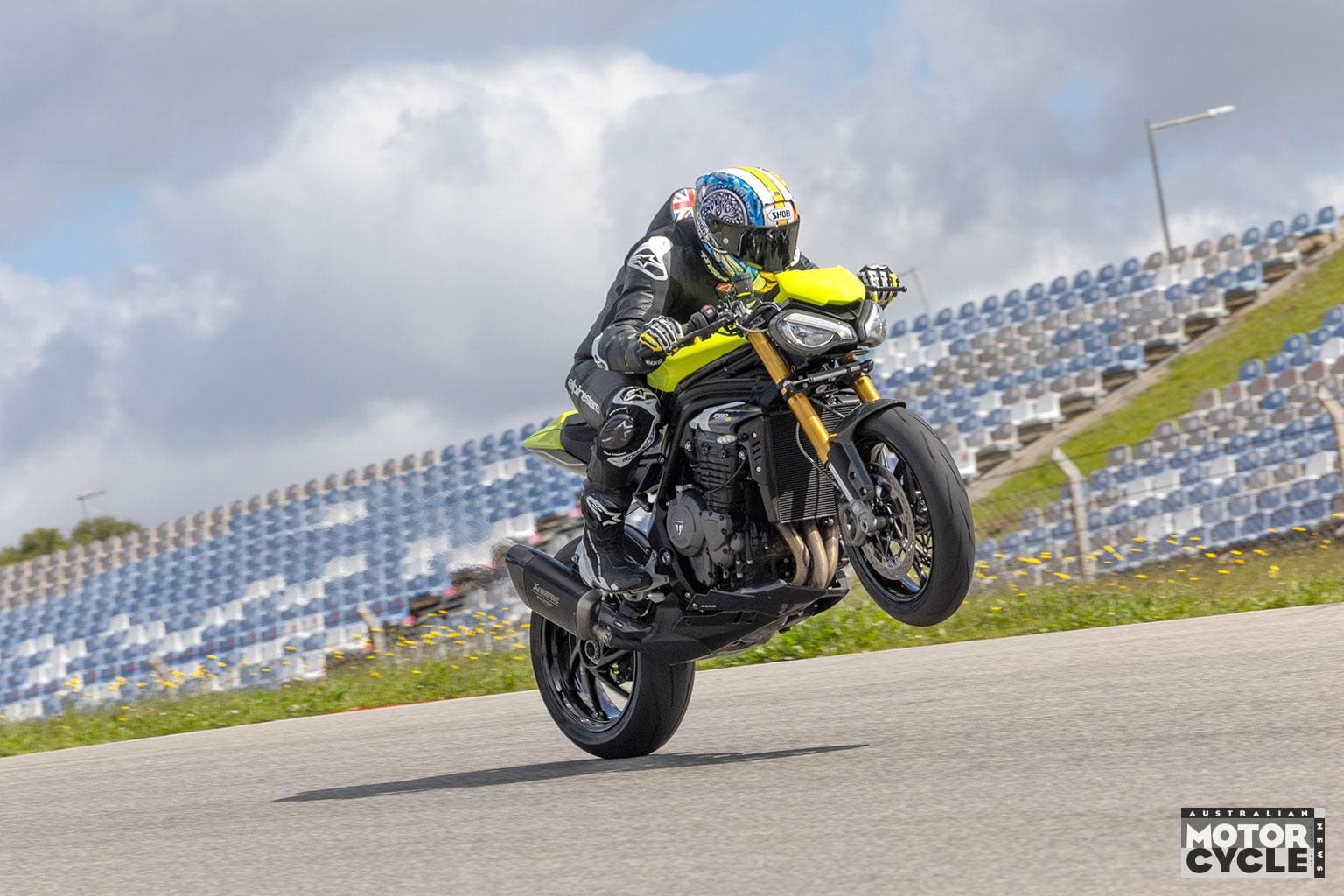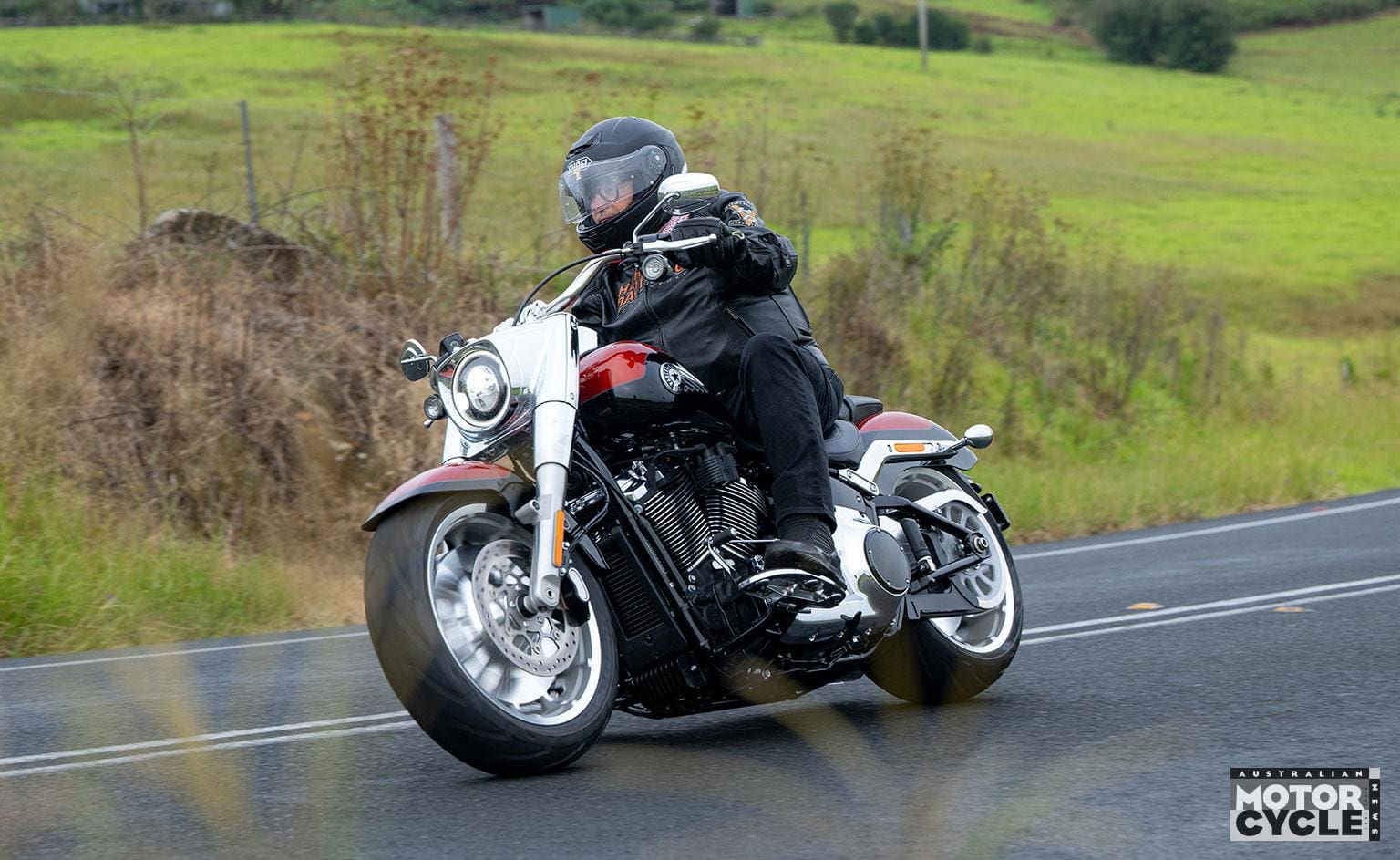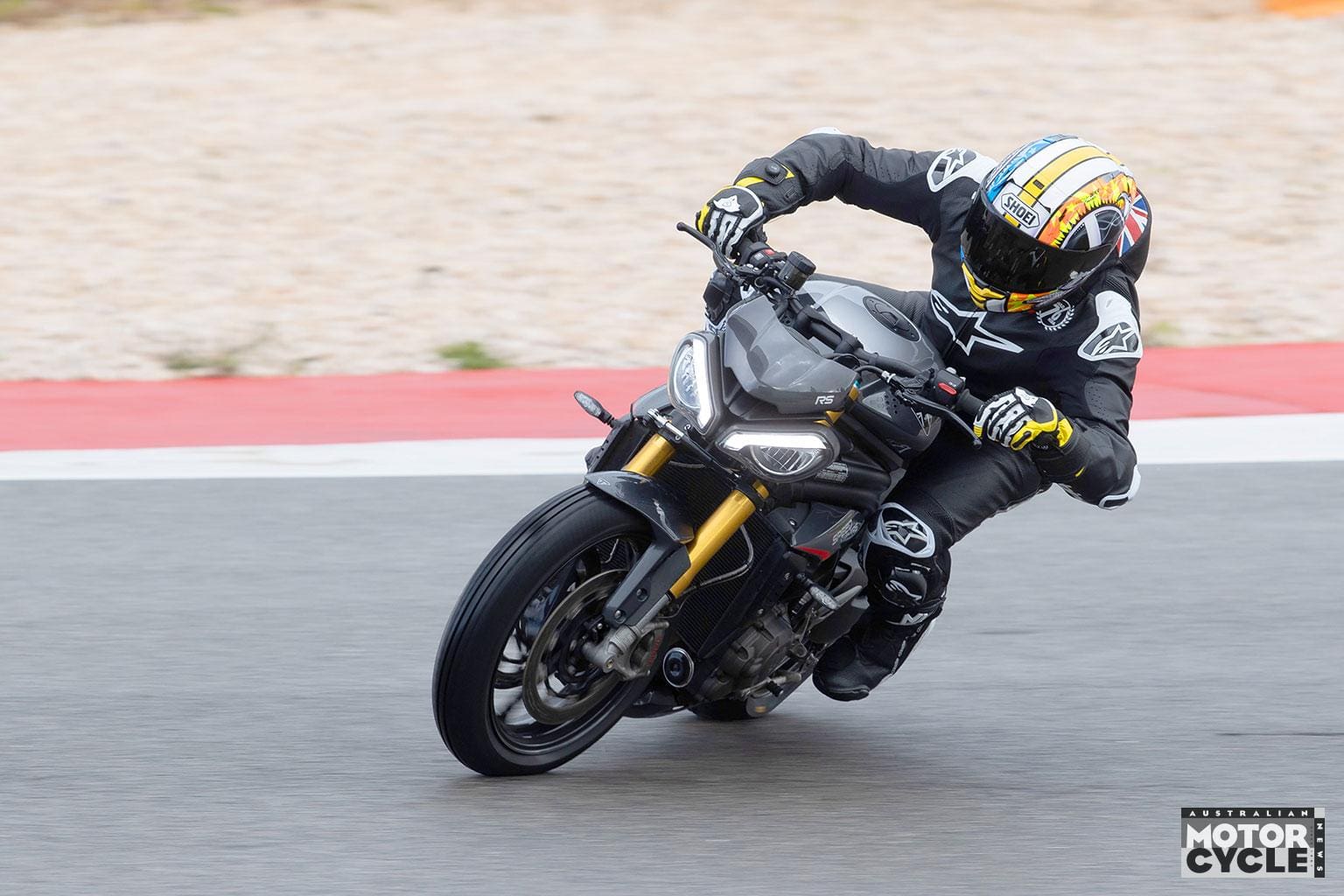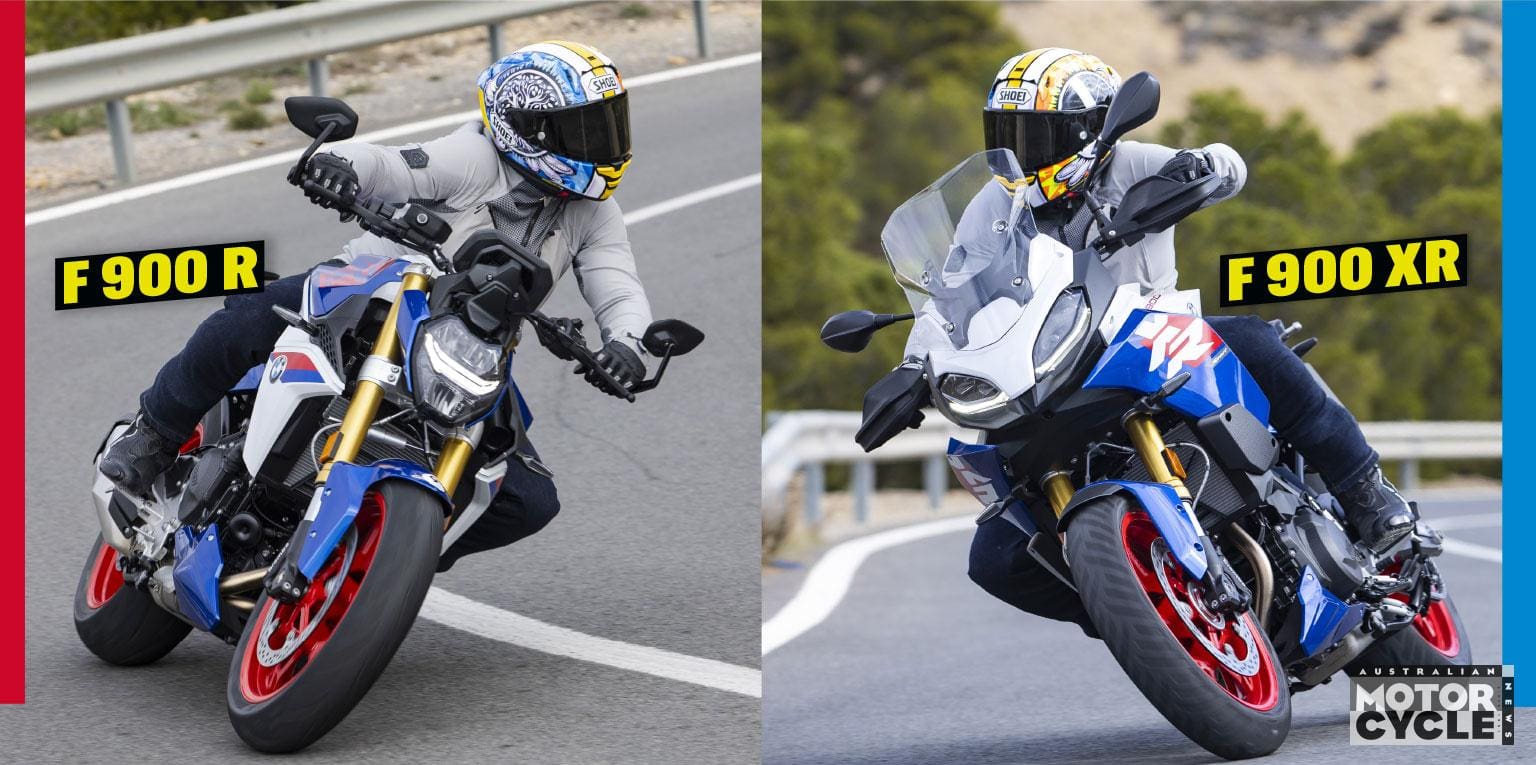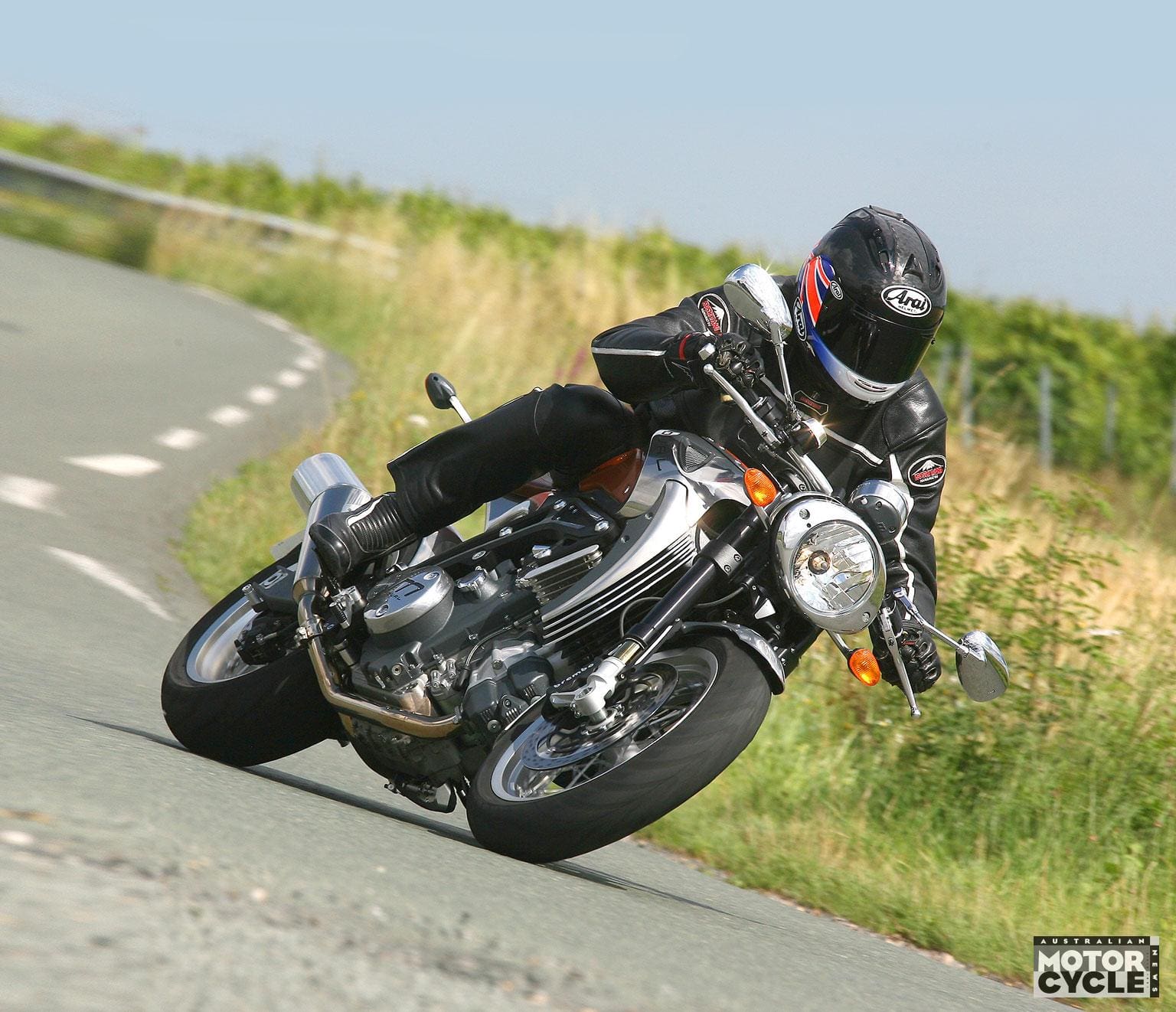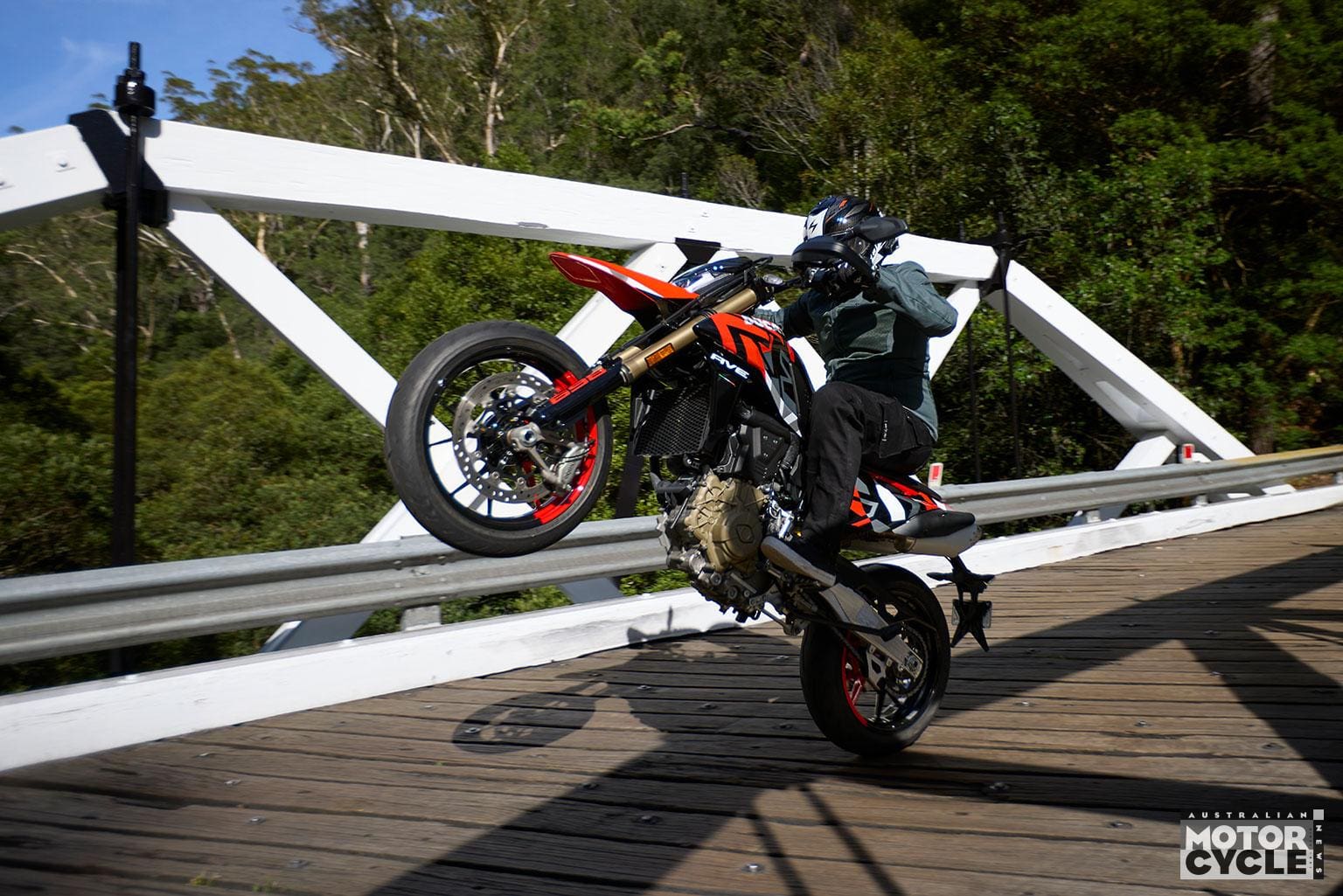The BMW Motorsport department has always been special in the car world, so when it decided to wave its magic ‘M’ wand over a motorcycle, the result was always going to be epic – especially when it is a ground-up M model rather than just a package of bolt-on M bling. The first M bike was the 2022 M 1000 RR and it wowed the market with full aero fairings, carbon wheels, track focused tech and more power. The M 1000 R would soon follow suit and, as expected, is equally as epic.
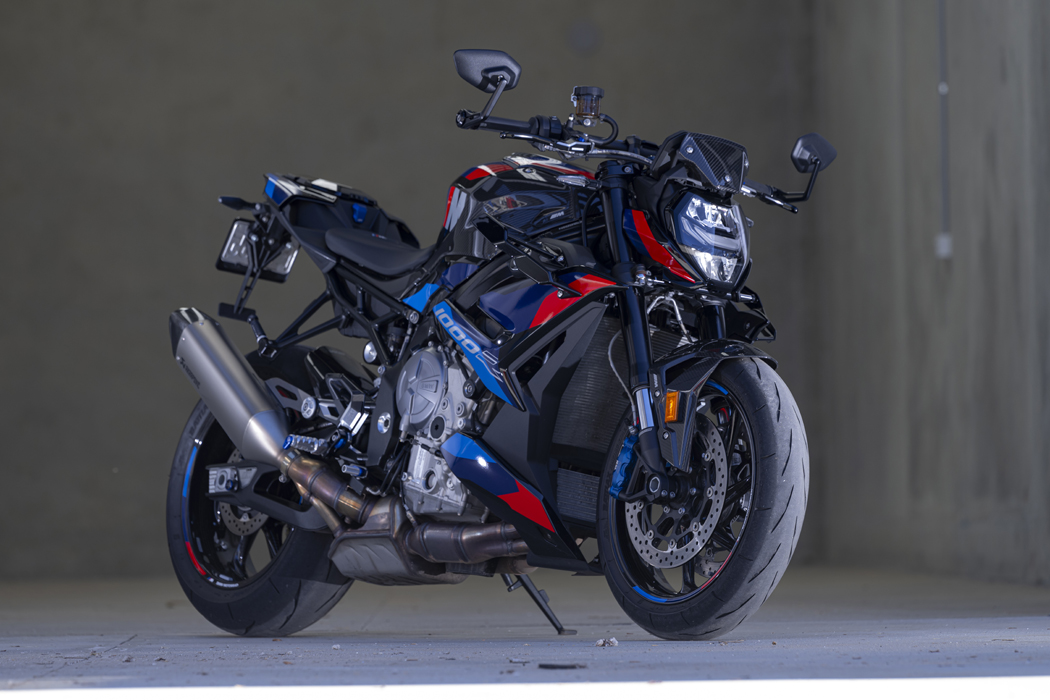
The M 1000 R should come with a warning label that reads ‘Not for the faint hearted.’ I’ve always been an advocate for not ‘dumbing down’ the nakedbike version of the sportsbike it derives from – why can’t we have the best of both worlds? The BMW M 1000 R is just what the doctor ordered and, with the added M Competition package, it is loaded with all the fruit. Think M 1000 RR superbike with a less-aggressive riding position, half the fairings removed and, just like the RR, once you get a few revs into it, it turns batshit crazy. It’s seriously spine-tingling stuff.
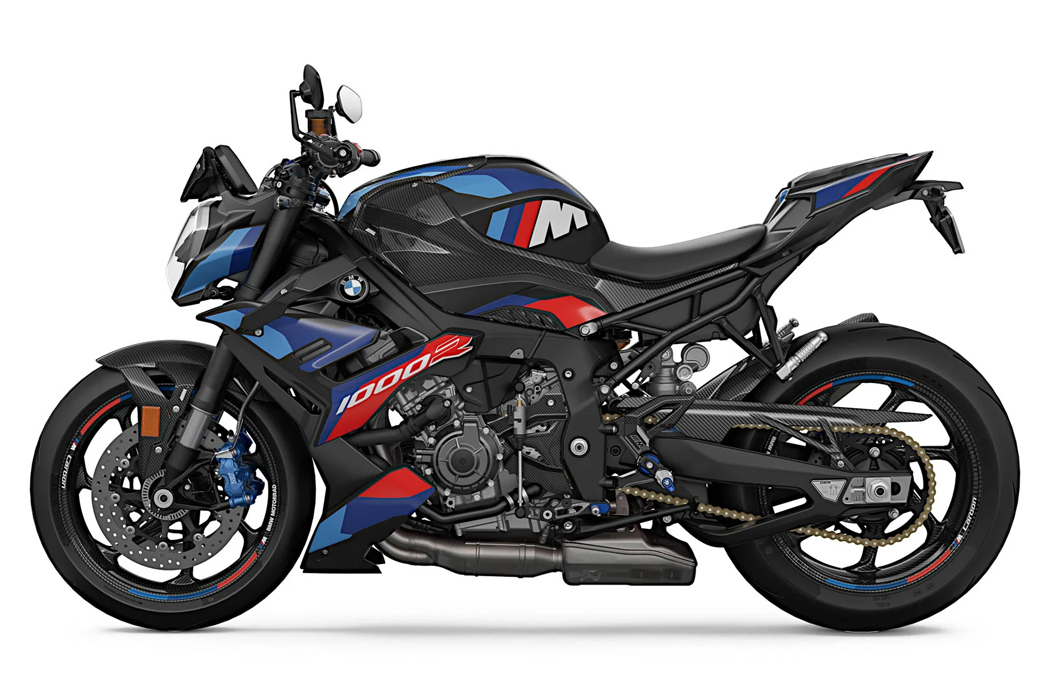
The M 1000 R is as raw as it gets. If it doesn’t need to be there, it’s not. Even the wings serve a purpose, 11kg of downforce at 220km/h to be precise. It has an imposing stance that most can’t help but stare at. The more you look at it the more carbon fibre you find hidden among the black, red and blue bodywork like little treats. You see, the M Competition package only comes in the black storm metallic colour scheme, so those in the know will identify it immediately.
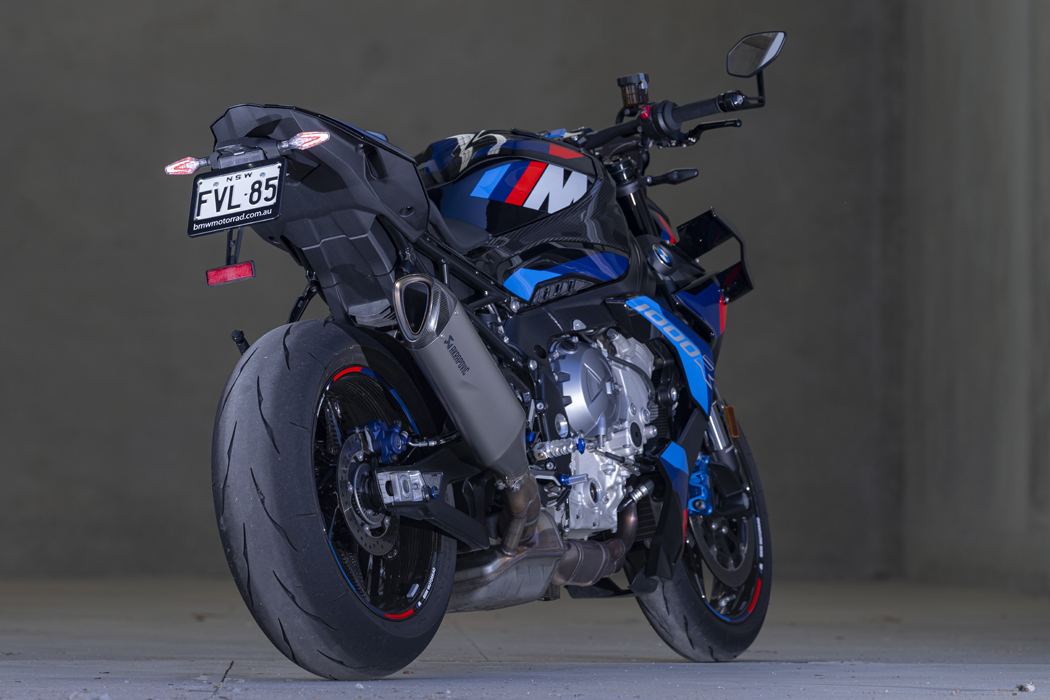
For an extra $7890, it includes the billet folding brake and clutch levers, fully adjustable billet footrests, carbon-fibre wheels, carbon front guard, carbon rear guard, carbon chain guard, carbon front sprocket guard, carbon screen, carbon airbox cover and carbon tank covers, pillion seat cover, M pillion seat, M passenger kit, software for the GPS laptrigger and the M endurance chain. It is a comprehensive list of goodies that’s for sure.
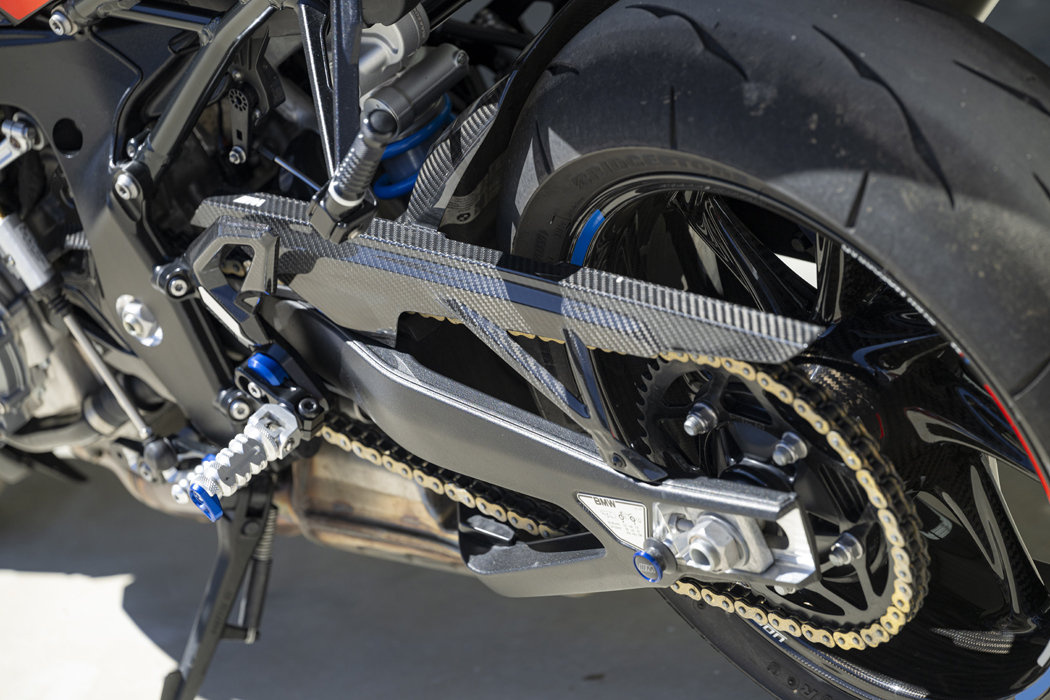
One of the major reasons we love nakedbikes over sportsbikes is their superior comfort. The M 1000 R is definitely more comfortable than the S 1000 RR I tested a few issues ago (AMCN Vol 72 No 02), the ’bar is wide and flat so the riding position is a bit more aggressive than your run-of-the-mill nakedbike, but it does load up the front-end a bit to help with the sharp handling. Wind protection is as expected, poor. But that’s not the aim of the game here. When the M 1000 R gets up over about 140km/h (and believe me, this happens easily) the wind blast is fierce. A MotoGP-worthy tuck-in is required if you want to stretch its legs with the tiny carbon wind deflector in place.
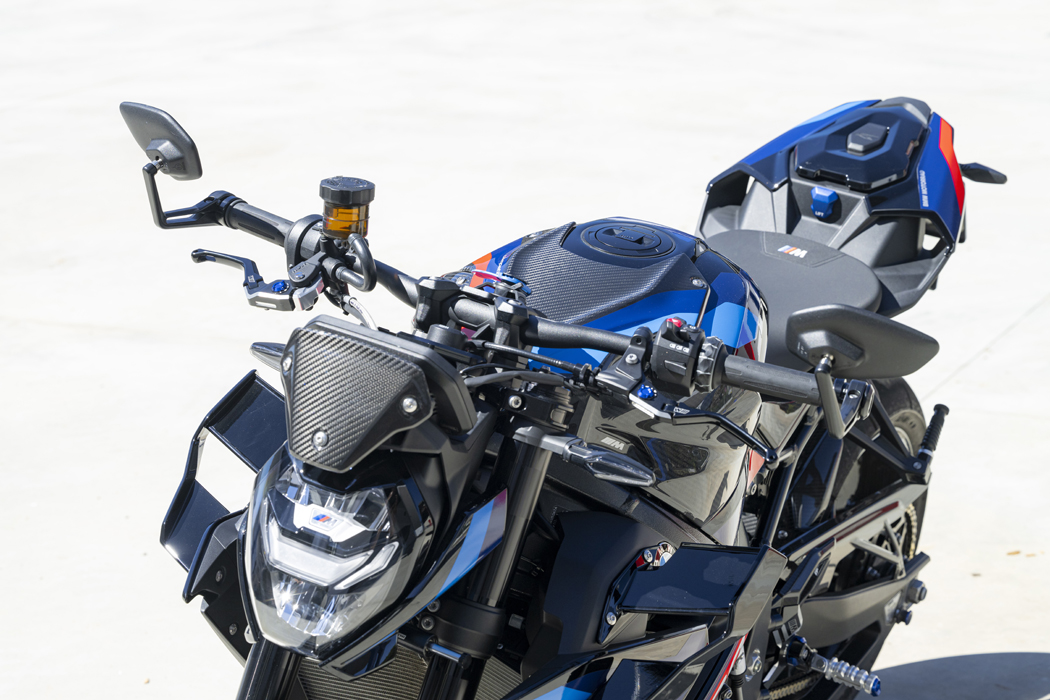
The footrests are adjustable up, down and front to rear, as well as having the option of switching to race shift. Up on the ’bar, the billet levers are also span adjustable and, in typical BMW style, heated grips and cruise control are standard fitment. The M embroidered seat is soft where it counts and nice and grippy to help stop sliding around when wearing leathers. The pillion seat is covered with a similarly grippy material but wasn’t fitted to my test rig. The comfort certainly passes my fuel tank range theory with the BMW needing a rest for fuel before me; I was clocking 6.5L/100km meaning its 16.5L tank needed filling at around the 220km mark.
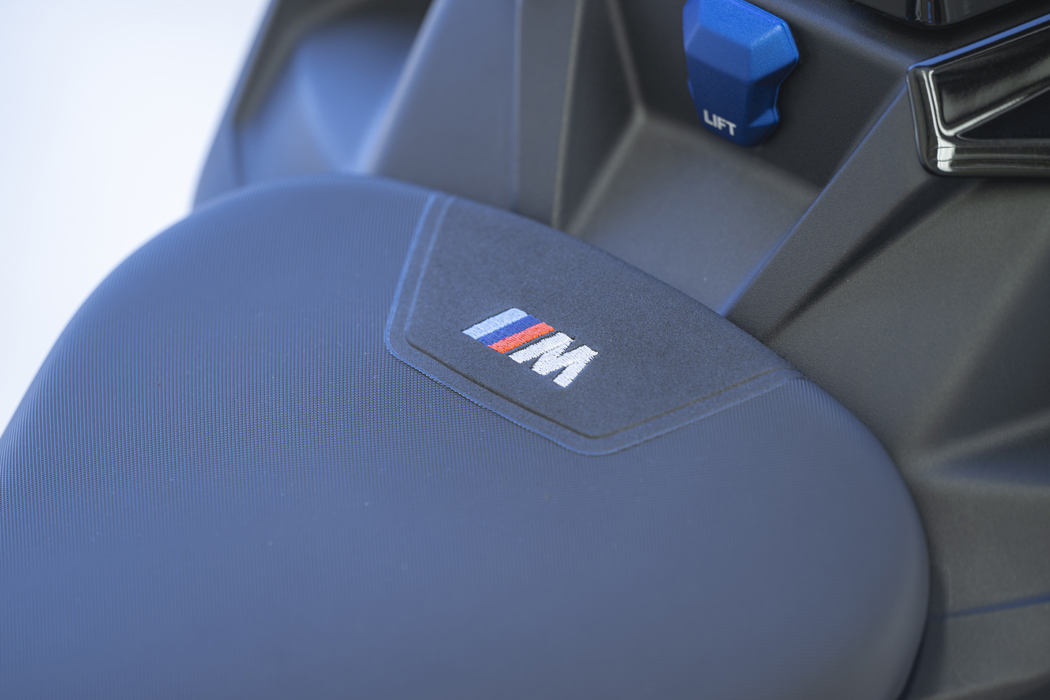
The M 1000 R comes with a nice set of ’bar-end mirrors for that custom look without losing out on functionality – except when high revs cause a bit of vibration. The engine feels a bit vibey with the motocross-style handlebar, more than I noticed on the RR, but just another reason to avoid long stretches of motorway.
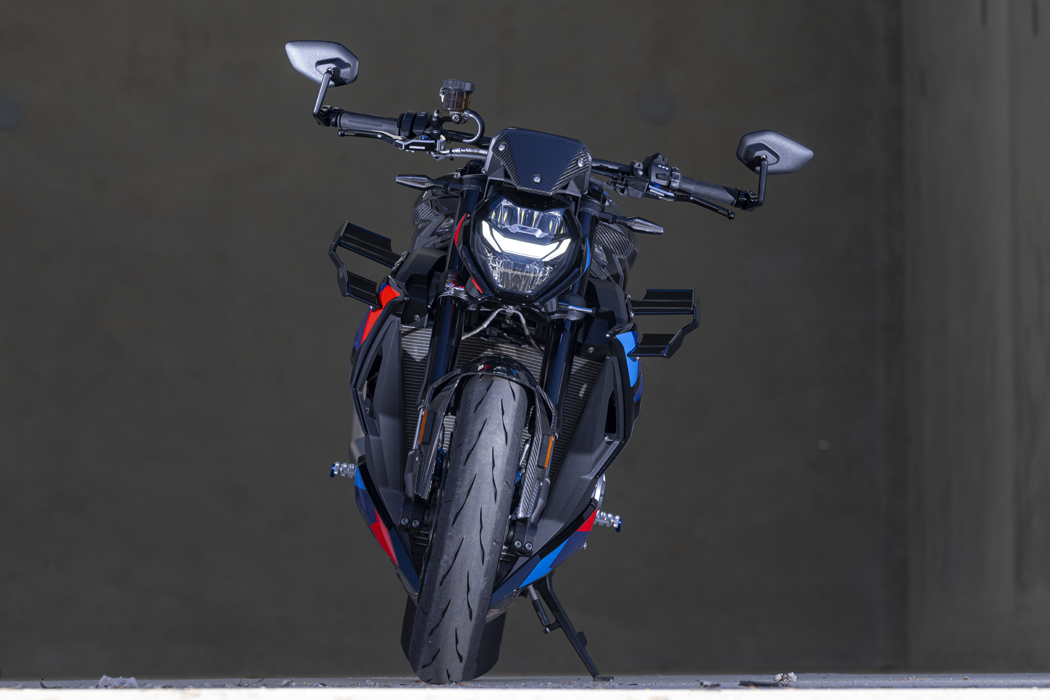
Now for the engine; it’s what takes the far from mild S 1000 R into the fire-breathing rev-happy M 1000 R beast. BMW didn’t miss an opportunity here. The M 1000 R punches out 154kW (206hp) which is just 2kW less than the M 1000 RR and a massive 33kW (44hp) more than the standard S 1000 R. The 999cc inline four-cylinder mill is water- and oil-cooled and features BMW’s fancy ShiftCam variable intake camshaft control. This tech wizardry helps the engine produce strong and useable power at lower revs but also provides a devastatingly strong top-end performance.
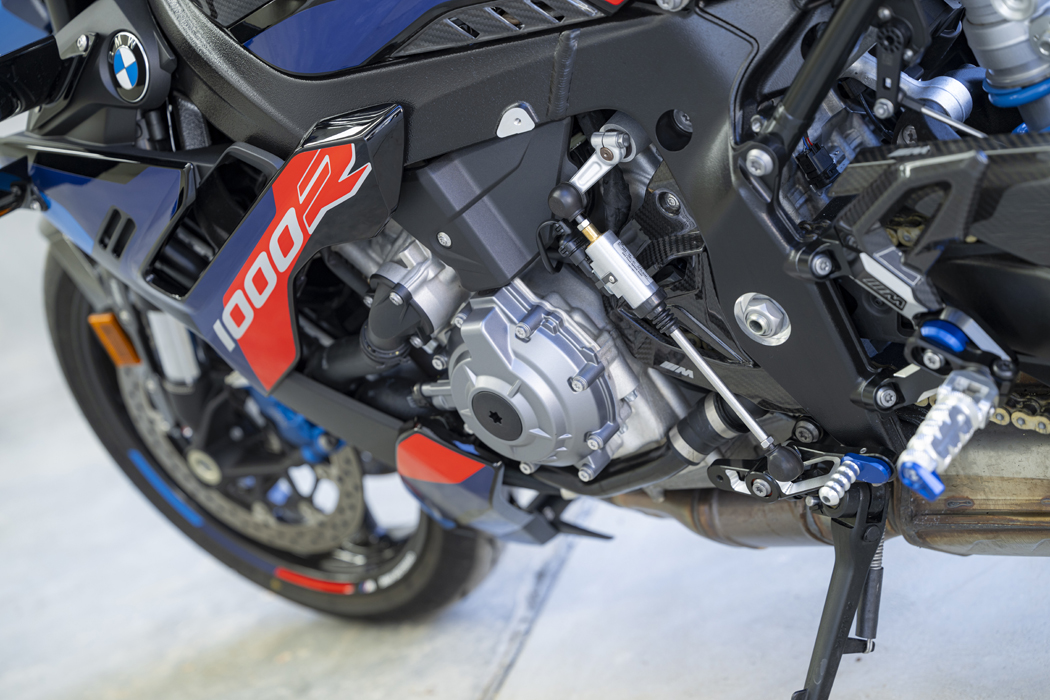
Max power is clocked at 13,750rpm and getting the M 1000 R up to those revs in any gear is a challenge in itself – especially with the wheelie control switched off. Redlining any gear above first would see me in a prison cell if my timing was poor. BMW claims a top speed of 280km/h, which is a bit less than the RR version thanks to some revised gearing for better on-road performance.
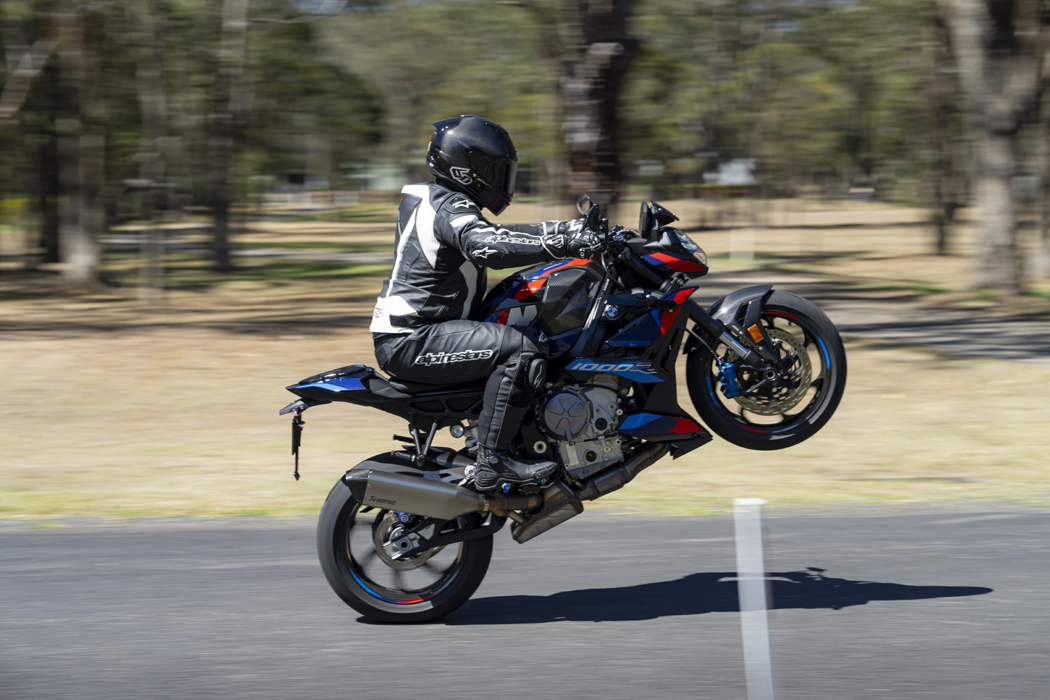
The ShiftCam engine is an absolute screamer; it just seems to rev forever and ever while the power keeps coming on stronger and stronger. It almost feels wrong to rev it that far and I mostly opted for short shifting. The Akrapovic silencer does its best to quell the scream from within the beast but luckily it can only stop so much. To meet Euro 5 rules, the exhaust features a valve to divert the gasses the long way around the boom box under the bike, but when it opens up and lets loose it sounds unreal for a stock system.
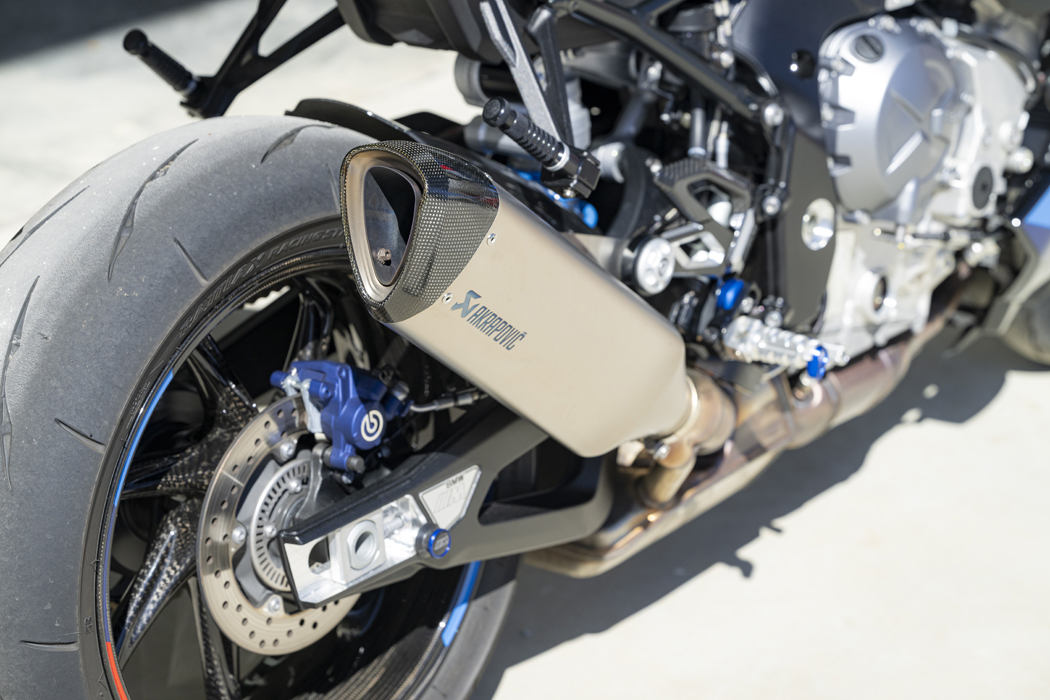
I like to run BMWs with the engine-braking mode in the softer track setting which happens to produce a nice rumble and pop on overrun and going down through the gears with Shift Assist Pro delivering sublime shifts no matter what speed I’m going.
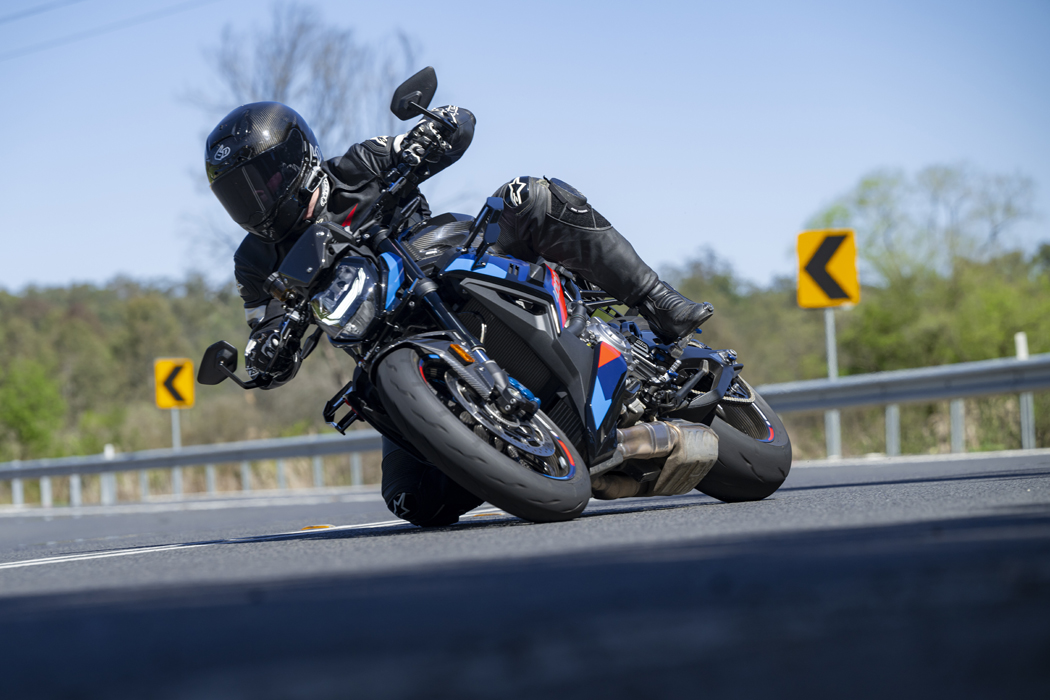
The engine is housed in a cast-aluminium frame with the engine used to increase its strength and rigidity. The BMW S range shares the same main chassis across all the models from the S 1000 R naked, through to the M 1000 RR race-focused superbike, even the S 1000 XR sports-tourer. In its naked form you can see all the empty spots where fairings and bracketry are fitted in other models but left bare on the M 1000 R because we don’t need that where we’re going.
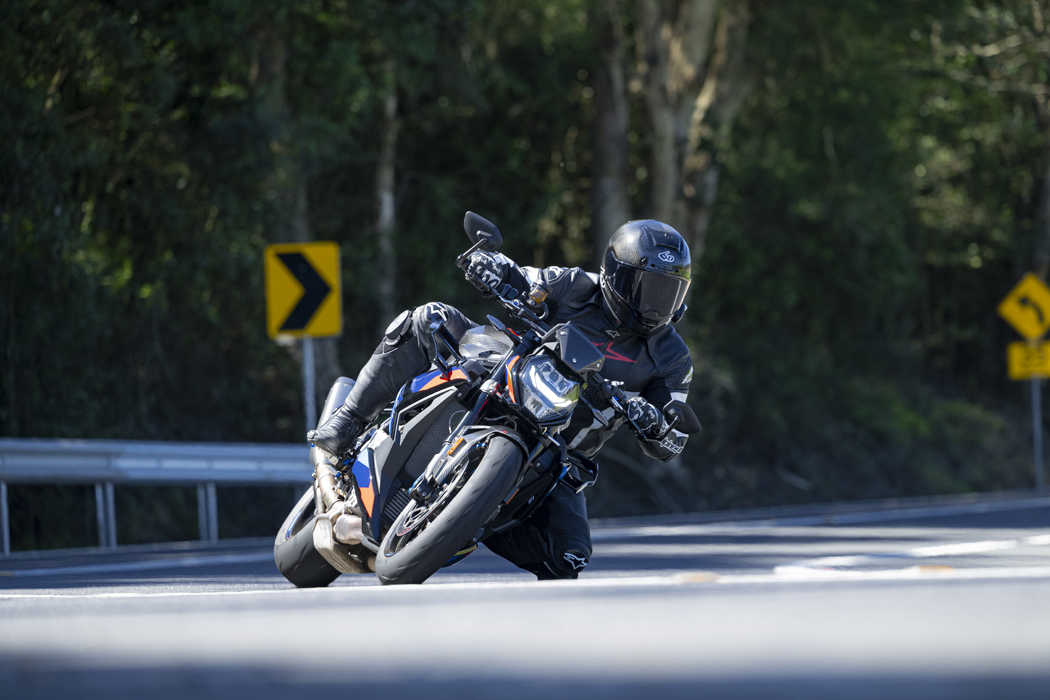
The handling is where the M Competition package comes into its own – those carbon wheels are a game changer. The M 1000 R feels more nimble than a unicycle. When I first set off, it felt like the bike didn’t want to stay upright, it just wanted to turn. The feeling takes a few minutes to get used to but considering the bike weighs 199kg (wet) it changes direction faster than any roadbike I’ve ridden. I hit my local set of twisties where I take most bikes and the feeling of the carbon wheels was so different. When the rear-end starts to squirm under power out of the corners it gives more feedback; the light wheels really change the dynamic, it feels so lively.
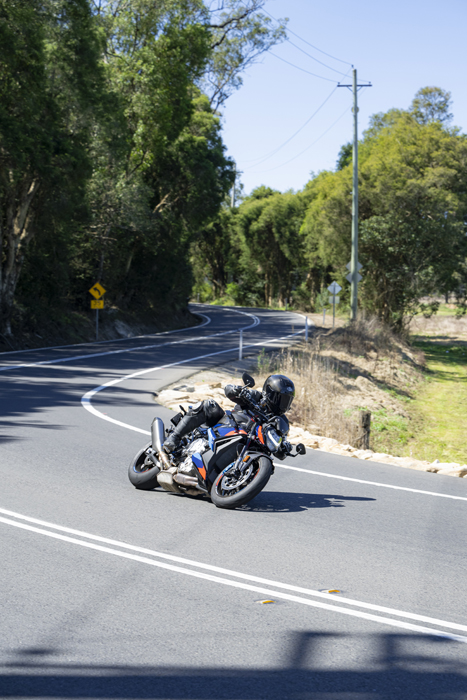
Then there are the acceleration advantages. The wheels weigh 1.6kg less than the forged-alloy set on the standard M 1000 R. It may not seem like a great deal of difference, but the change in gyroscopic effect is huge. If you haven’t ridden with carbon wheels, as the legend Molly Meldrum would say, do yourself a favour. I will admit I have reservations as to how they would hold up to the rigours of dodgy Australian backroads, but BMW assures us that they are put through the same rigorous testing as the standard wheels, so we need not worry. Either way, BMW offers a five-year warranty so it’s putting its money where its mouth is.
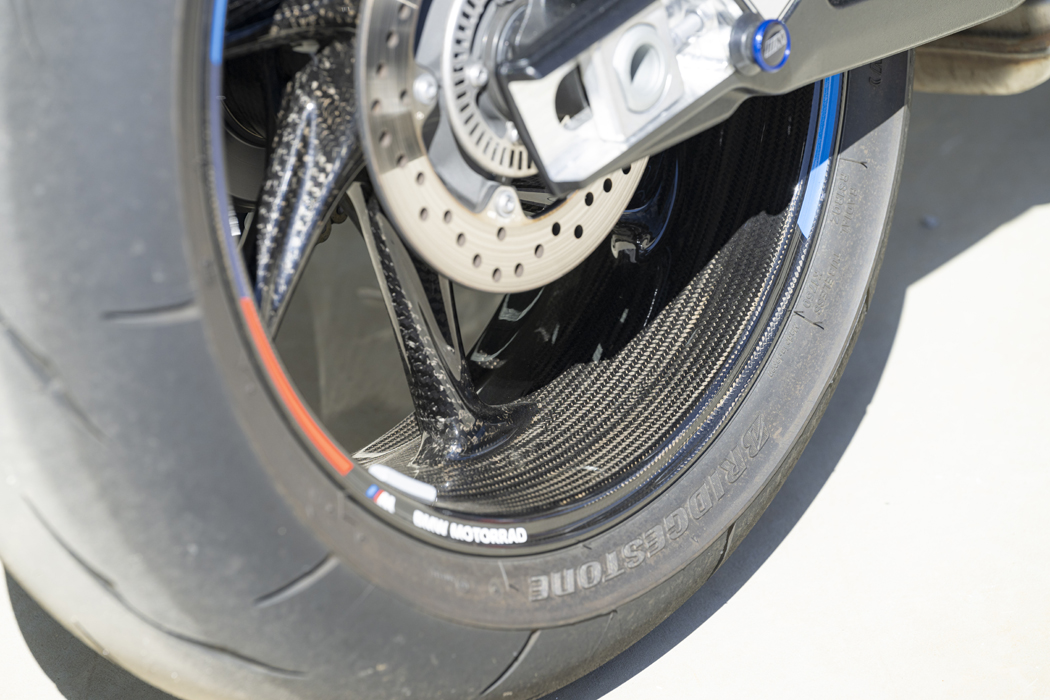
The Marzocchi fork and shock are controlled by BMW’s Dynamic Damping control. The DDC system is semi active and makes damping adjustments on the fly according to riding conditions, mode and the terrain identified by the bike’s sensors. The steering damper and front and rear preload are the only manually adjustable items on the suspension. I added a few turns of preload with a 13mm T-bar for my extra heft. Via the dash, the suspension modes are Road, Dynamic and Race. The suspension tune changes depending on the mode selected, but can be selected independently of the ride mode if you want. You can also select whether you are carrying a pillion so the bike can take the extra load into account when controlling the damping, but the preload is still manual.
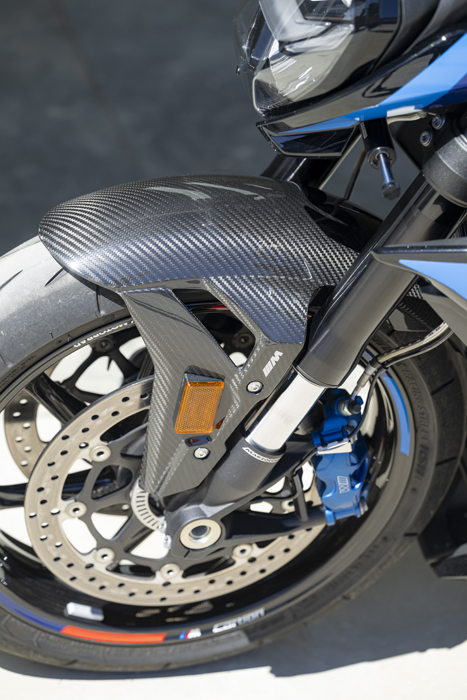
In Road mode, the suspension feels soft and absorbs terrible roads with poise, but when the pace hots up, it lacks a bit of control and can feel a bit floaty. Once Dynamic mode is selected the suspension is immediately stiffer and offers better feedback through the ’bar and the seat. I enjoy the Dynamic mode most of the time, except when commuting – I prefer the plush road setting. In the Race Pro rider modes, you can tune individual aspects of the damping rather than using the pre-set suspension characteristics.
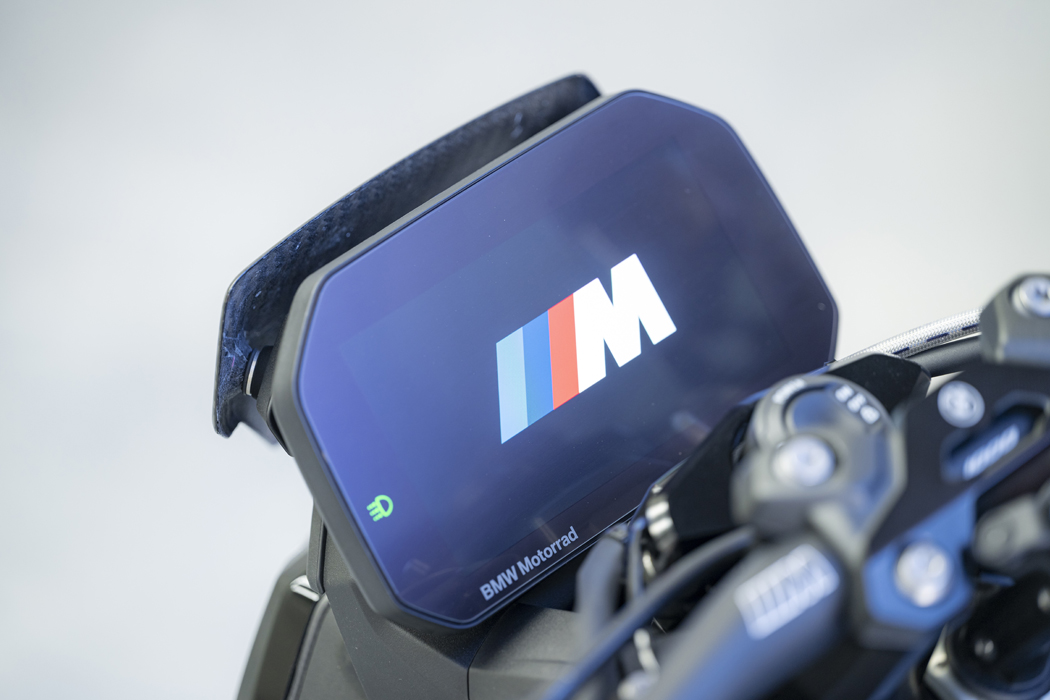
On spirited road rides, I set up Race Pro 1 mode with throttle response set to direct and maximum torque so that I had full power available at all revs. I set engine braking to the reduced braking effect so when I closed the throttle it didn’t slow down dramatically, and I set traction control to level two, which is the low-assistance setting (level one is designed for slick tyres on the track). I turned wheelie control off, because you know… ABS mode set to Race to allow stoppies and brake slide assist on setting two to allow drifting or backing it in on the brakes.
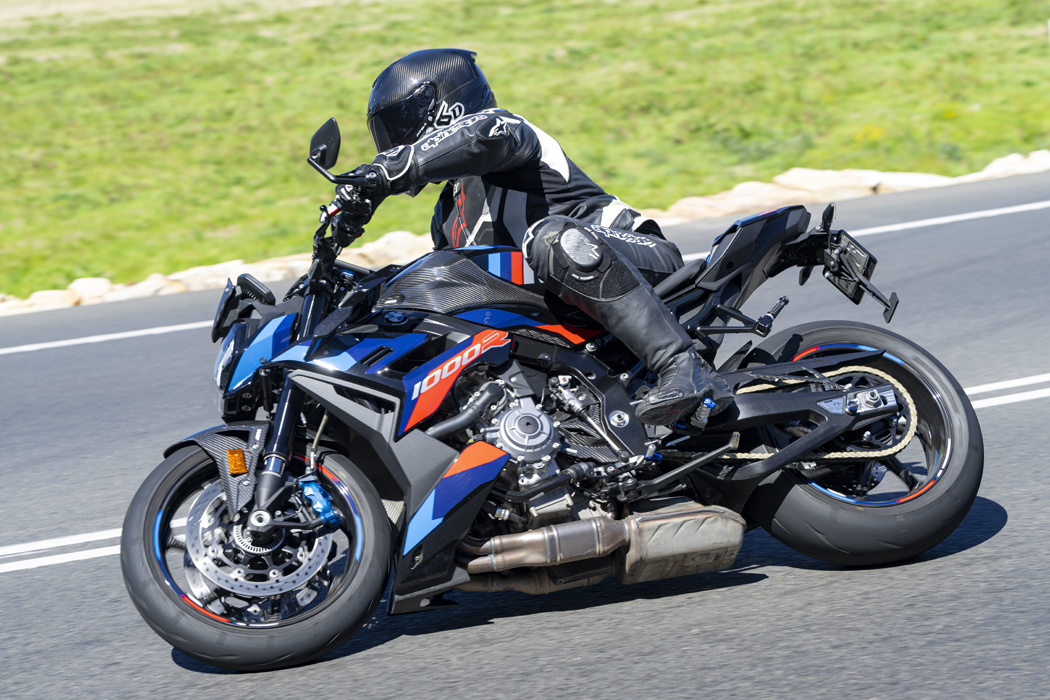
With all this power and speed, the M 1000 R has also been fitted with the top-spec M braking package. And do the stoppers certainly pack a punch! With enough practice, I’m certain I could do a stoppie using just my little finger. The brakes are a bit of a team effort, the two front calipers are four-piston jobbies painted bright blue and sporting M logos. A keen eye will see the Nissin logo on the back side of the caliper and the master cylinder is Nissin also. The discs are Brembo kit, as are the rear brakes. I can’t fault the brakes whatsoever; they have a precise feeling and on the road they were more than strong enough, especially with the multiple ABS options available which allow for backing it into
corners and doing stoppies.
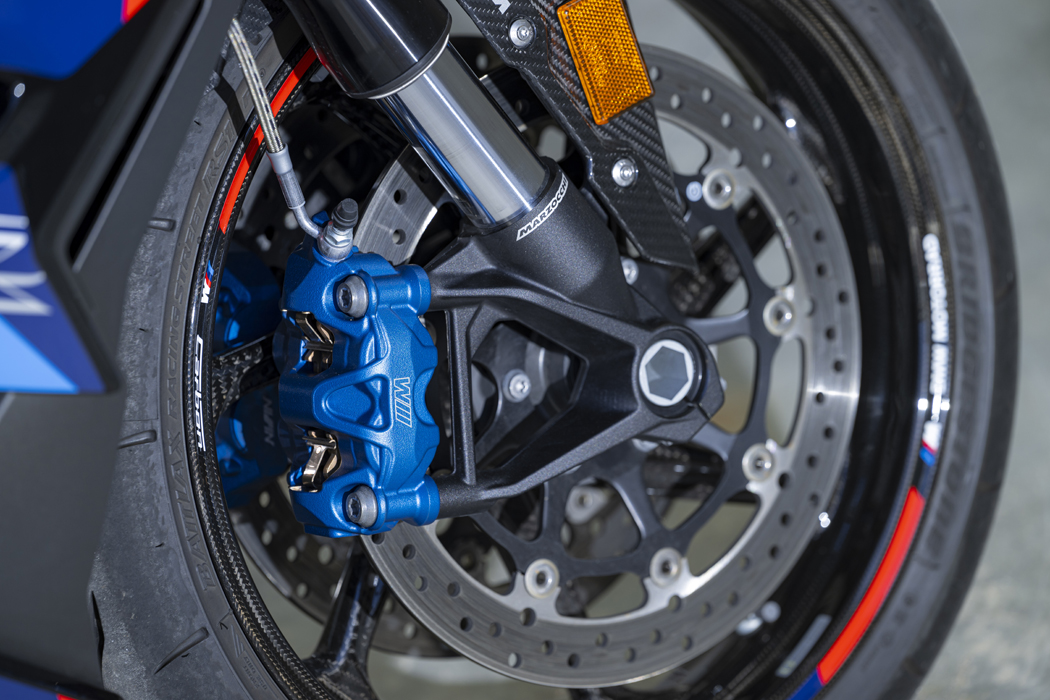
So the M 1000 R with M Competition package will set you back $42,575 (ride away), as tested. If you want to add the full-titanium exhaust system you need to budget in another $3200. The M 1000 R is arguably one of the highest-spec nakedbikes available, so I think the asking price is fair. If you are happy to drop the carbon wheels and bling, the standard M 1000 R can be had for $32,687 (ride away).
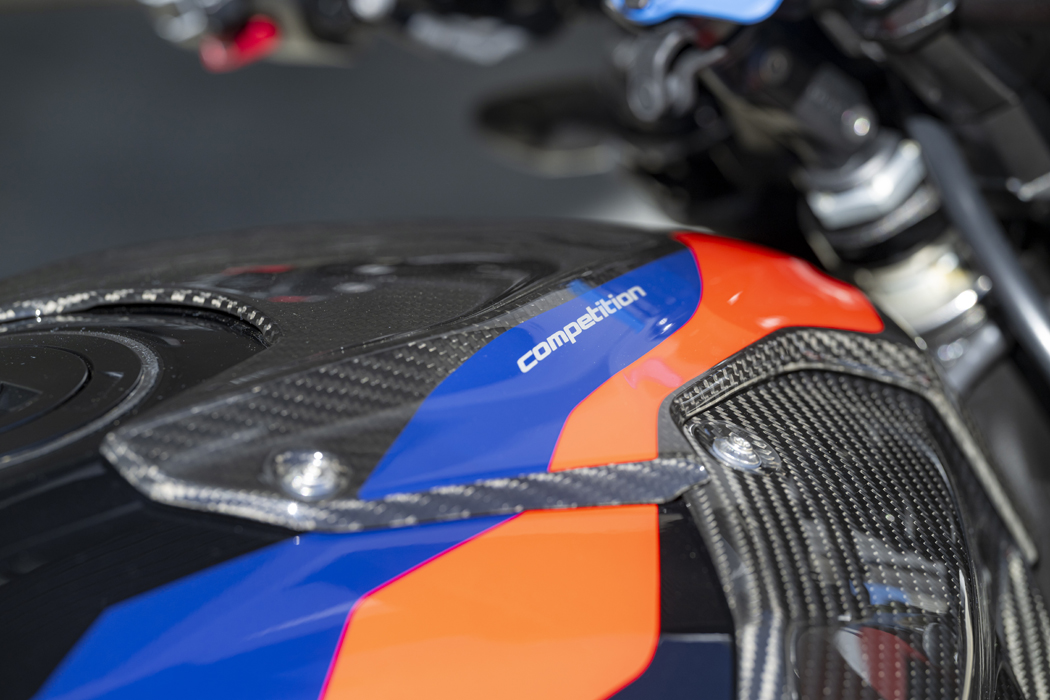
They say you should never meet your heroes. I’ve been banging on for years to anyone who will listen to me about how we need nakedbikes with proper superbike performance. Finally, I can say I’ve ridden just that. Was it everything I thought it would be? Hell, yes. But do I really need a nakedbike that revs to 14,600rpm and punches out 154kW? Certainly not, but there’s no way I could bring myself to buy an S 1000 R with just 121kW now that I’ve dipped my toe in the M garage.
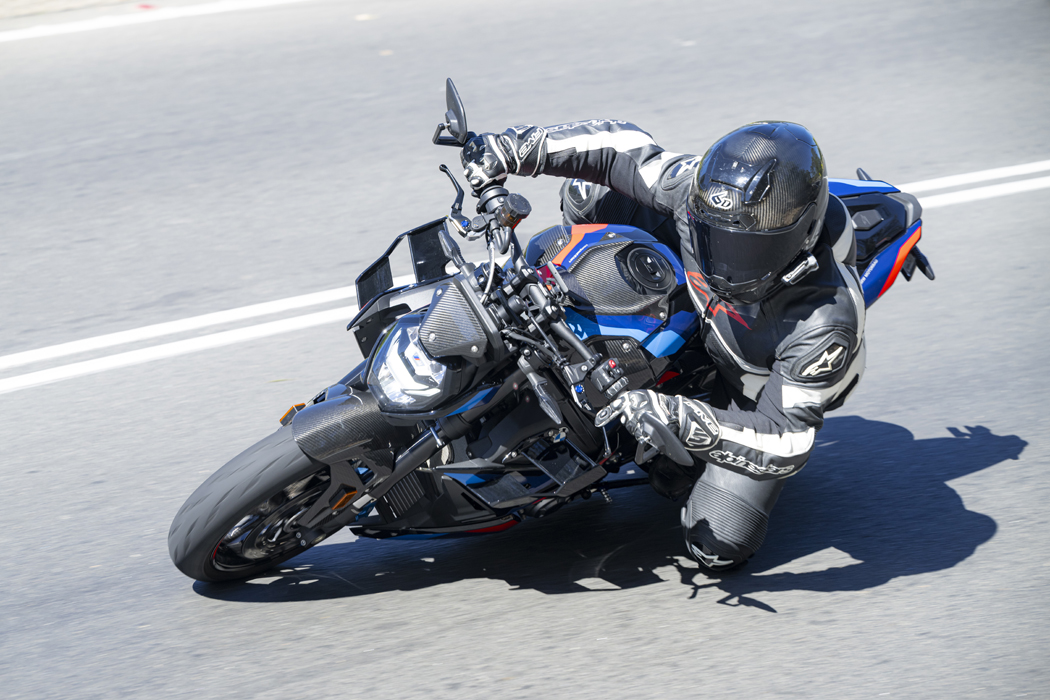
Test David Watt + Photography Incite Images
